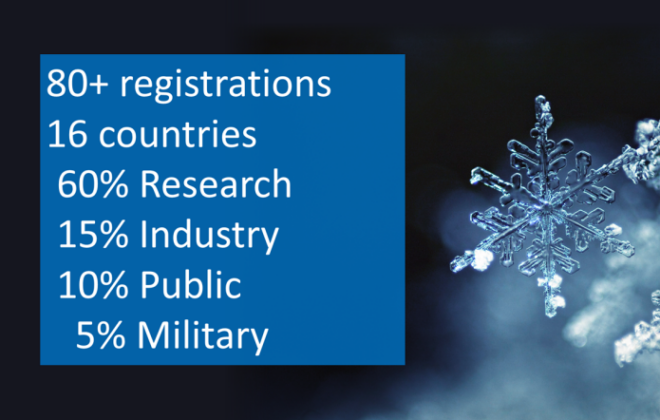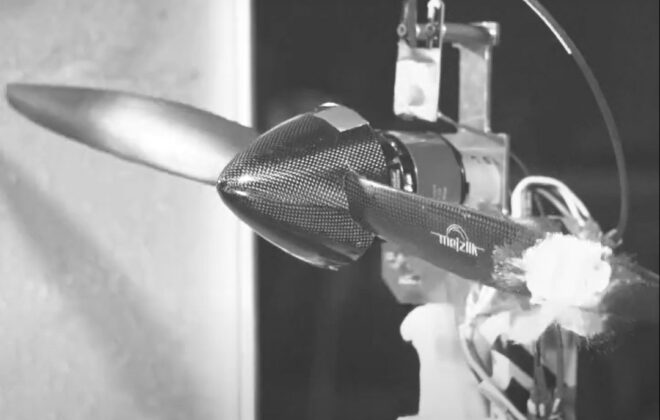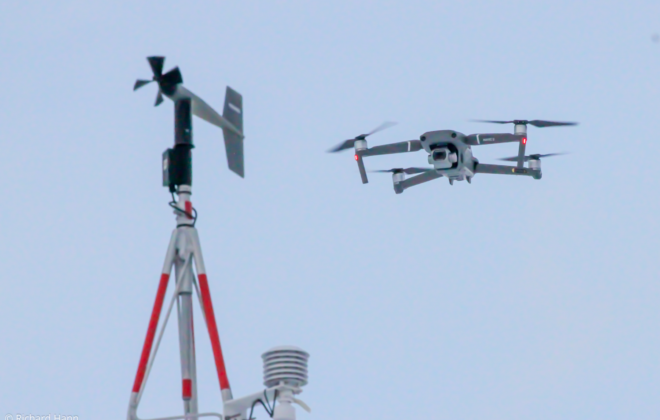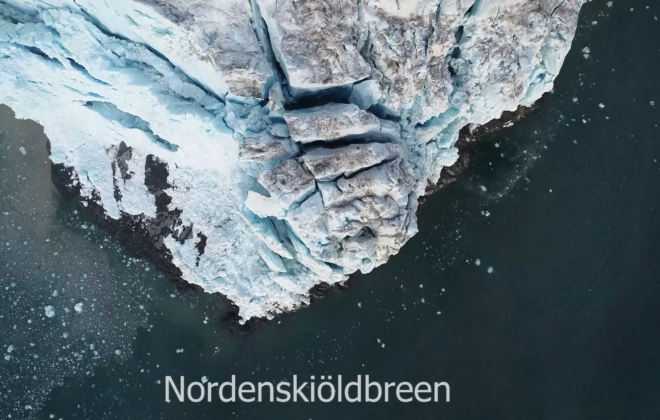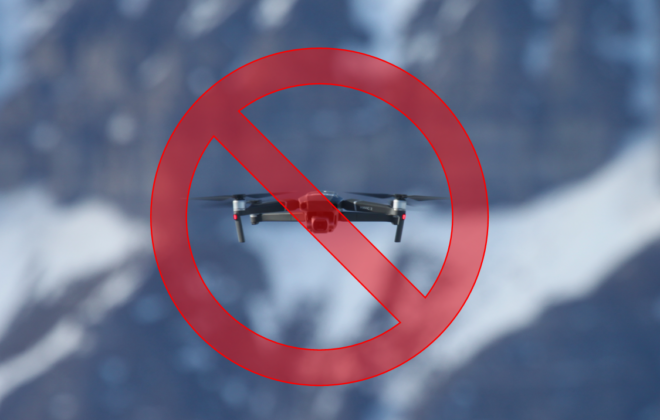Using drones to count reindeer in Svalbard
In our new publication, we present the results of using drones to count reindeer in Svalbard. The work is based on fieldwork results that we collected in a summer campaign in 2021. The work was conducted in collaboration with NTNU, UNIS, and the Norwegian Polar…
Organizing a workshop
I had a very busy year with not too many opportunities to blog. One of the most recent activities was the organization of the first-ever conference on the topic of my main research – the UAV Icing Workshop! One week after the 1st UAV Icing…
Monitoring the snow cornices for avalanche risks
Recently, I joined a team of researchers to fly drones to inspect the snow cornices on Gruvefjellet – a mountainside in Longyearbyen, Svalbard. Their work helps to understand and assess the risks of cornice-triggered avalanches in Longyearbyen. Snow cornices are overhanging snow structures that form…
Can ice fragments destroy a UAV propeller?
In one of our recent icing wind tunnel experiments, the NTNU UAV Icing Lab investigated if ice fragments are a hazard to UAV propellers. The resulting high-speed video footage shows the moment ice impacts the propeller blades. Here is a small preview of the footage….
Measuring wind with off-the-shelf drones
In our latest publication, we are introducing a novel method to measure wind with small quadcopters. The method works for drones type DJI Phantom and Mavic. The method post-processes the internal flight data (attitude data) from the drone to estimate wind speed and wind direction….
More on How Unmanned Vehicles are used for Science in Svalbard
Today a report on the State of Environmental Science in Svalbard (SESS) was released during the SIOS Polar Night Week in Longyearbyen. It is the fourth issue of an annual series of reports published by the Svalbard Integrated Arctic Earth Observing System (SIOS). I wrote a chapter…
My research lab is in the news!
Gemini, a Norwegian Sci-Tech news site, has written a nice article about our research lab! The article is using a lot of our pictures and videos and is aimed at the general public. It’s good to see our work making such an impact!
How to make your research visible
I recently read an interesting article by Beel et al. (2010) who studied Academic Search Engine Optimization. Essentially, they looked into the mechanisms of Google Scholar and similar search engines for research publications. Their work gives some valuable insights into how to improve the visibility…
Drone-mapping of Nordenskiöldbreen in Svalbard
Two years ago I went on an amazing fieldwork trip to map glacier crevasses in Svalbard with drones. We spend five days in Bruebyen and hiked to the glacier front of Nordenskiöldbreen. From there, I have been flying the drone over the impressive glacier while…
Are drones going to be banned from Svalbard?
A new legislative proposition threatens the use of aerial and marine drones in Svalbard. The proposal to the Svalbard Environmental Protection Act introduces a ban of drones in all protected areas in Svalbard. Scientific drone applications could be severely hurt by this regulation. I am…

